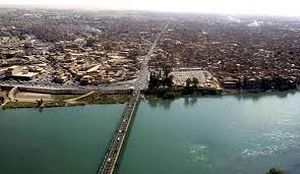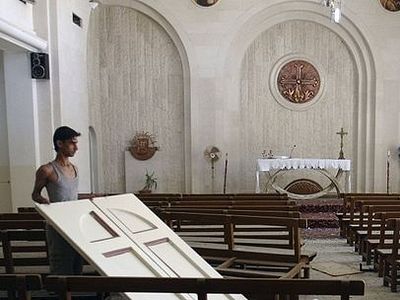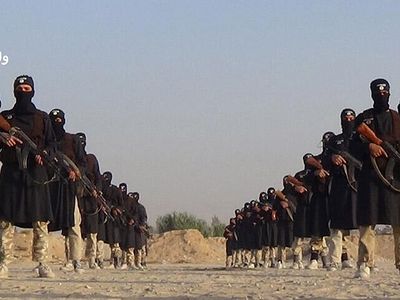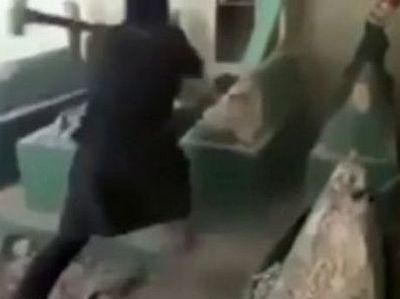Source: The American Spectator
By Lucy Schouten

As predicted, the treasures of Iraq's past, which are the heritage of the three Abrahamic faiths, are being obliterated. ISIS removed the worshippers from the mosque at the tomb of the prophet Jonah and bombed it into oblivion, according to the Christian Post. The shrine is associated with the prophet Jonah, whose aquatic adventures Jews, Christians, and Muslims all know from their respective scriptures. Like many ancient holy sites, it was built atop ruins of even older churches where earlier centuries of faithful had worshipped. It was sacred to all the Abrahamic faiths and known as a symbol of the area's religious heritage.
The destruction of the shrine to Jonah via sledgehammer followed that of several other shrines, including one for the prophet Daniel. Some churches, which ISIS had already forcibly emptied of Christians, have been destroyed; others occupied. A black ISIS flag flies from Mosul's Syrian Orthodox cathedral in lieu of the cross.
Some Christians have tried unsuccessfully to protect these landmarks. The monks at Mar Behnam, a Syriac monastery, tried to stay with their church even after their fellow Christians were sent away. But ISIS expelled the monks and refused to let them take their relics with them to Kurdistan. Several Chaldean Catholic nuns from Mosul were kidnapped when they went back to protect the orphanage where they worked. They were only released weeks later, according to World Watch Monitor.
Some of the monasteries lost to the ISIS rampage represent both religious and scholarly achievement. Professors writing for CNN reported:
Mar Mattai, which is to the southeast of Mosul and is maintained by the Syriac Orthodox Church, became one of the most important Christian monasteries by the eighth century, and was particularly renowned for its library.
It is likely that Syriac monks were partly responsible for the preservation of Greek philosophical, medical and scientific texts by translating them into Syriac and Arabic. A ninth-century Syriac patriarch named Timothy wrote that the best Syriac manuscripts of Greek writers were to be found at Mar Mattai.
The shrine to Jonah is the most famous shrine internationally, and the residents of Mosul have been particularly upset by its destruction. The Al-Monitor reported people weeping after ISIS rigged and bombed the mosque. Destroying or replacing holy sites has not been an uncommon practice in the Middle East, but these landmarks had survived many conquerors before. The destruction of Jonah's tomb has particularly distressed the locals because it was sacred to the Sunni Muslims who ISIS claims to represent. Destroying even Sunni shrines is a new practice that began when Salafi extremists who took power in Saudi Arabia destroyed shrines to the prophet Muhammad, and it reveals not only intolerance of other faiths, but also differences of thought within the faith.
It shows that ISIS is working not only to destroy the future of Iraq's religious diversity, but also its past. As the dust of these ancient monuments settles, and the "living stones," as the Arab Christians are often called, are scattered, both Iraq and the world are losing an ancient heritage.



